Scientists spot mitochondria traveling through “bridges” into nearby cancer cells
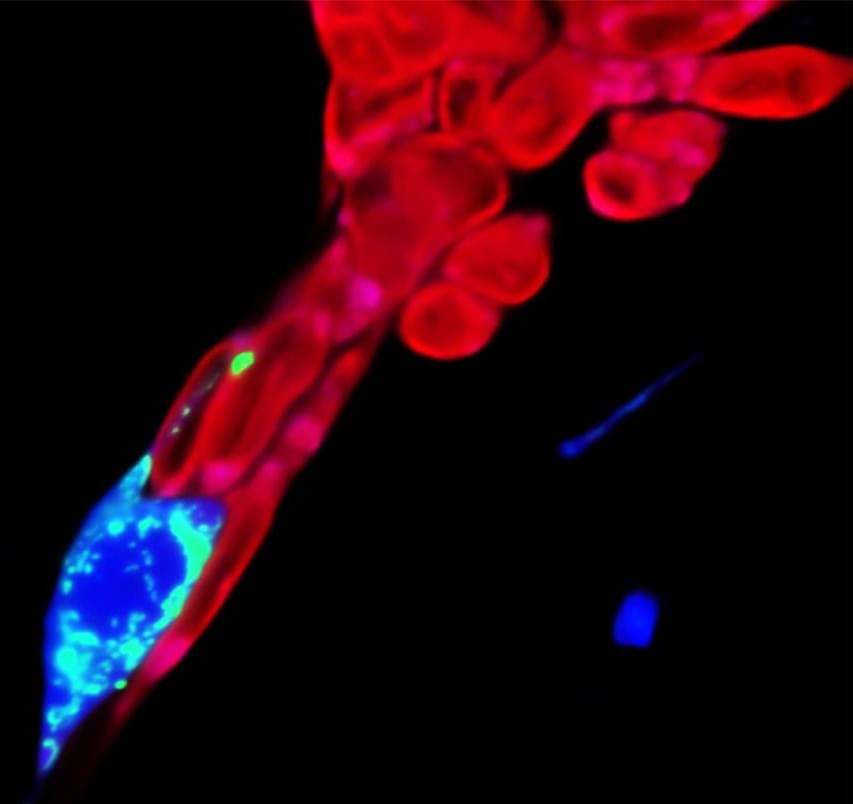

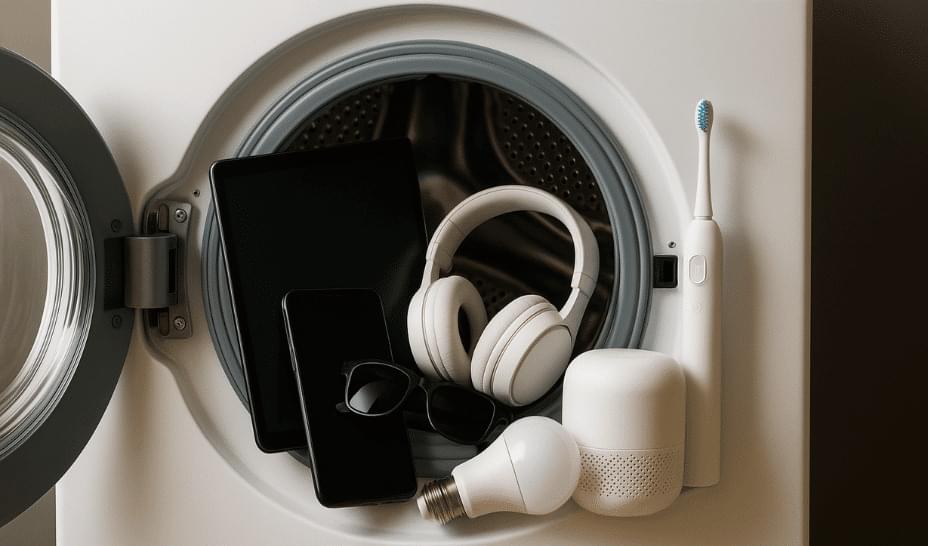
This week, my laundry machine broke. Bummer. Like any normal person, I dove into research mode, scrolling through endless product pages, feature lists, and discounts. After a while, one machine caught my attention. It was a Samsung model labelled “AI-enhanced”. (Not going to lie, it came with a solid discount, making it one of the cheapest among the top-rated options, but I was really excited about the AI feature)
In full honesty (this is not a sponsored post), it works great. From what I could observe, when you throw the clothes inside the machine, it weighs the clothes, and based on that, it selects the most suitable wash setting: water level, soap, temperature, and timing. Yes, it’s clever, efficient, and genuinely helpful. But it got me thinking: is that really AI, or just a well-designed automation?
In business, as in life, those who tell the most compelling story tend to succeed. We love to use fancy words, set expectations high, and hold attention long enough to turn curiosity into conversion. Labels matter. Language sells. That is where the “washing” comes in.

The arrow of time can teach us more about how the universe began – and how it will end, says quantum columnist Karmela Padavic-Callaghan
And they’re not stopping there.
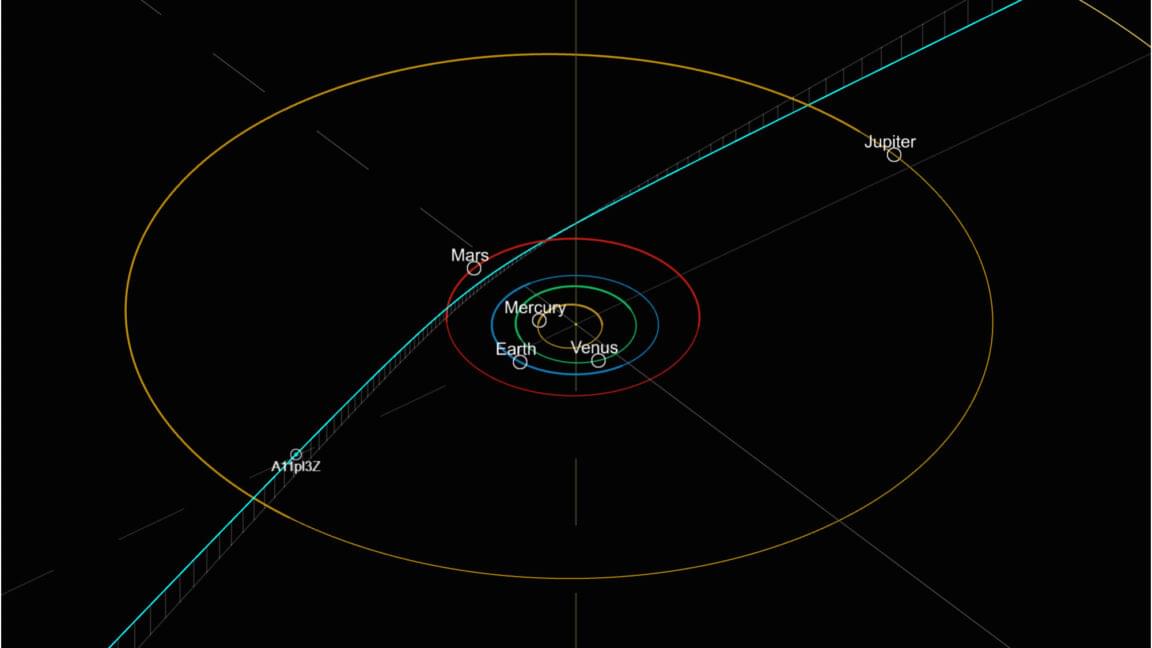

The discovery, made with the LOFAR (LOw Frequency ARray) radio instrument in Europe, indicates that galaxy clusters, which are some of the largest structures in the known universe, spend most of their existence wrapped in envelopes of high-energy particles.
This insight gives scientists a better idea of how energy flows around galaxy clusters. And that in turn could improve our picture of cosmic evolution, study members said.
“It’s astonishing to find such a strong radio signal at this distance,” study co-leader Roland Timmerman, an astronomer at Durham University in England, said in a statement. “It means these energetic particles and the processes creating them have been shaping galaxy clusters for nearly the entire history of the universe.”
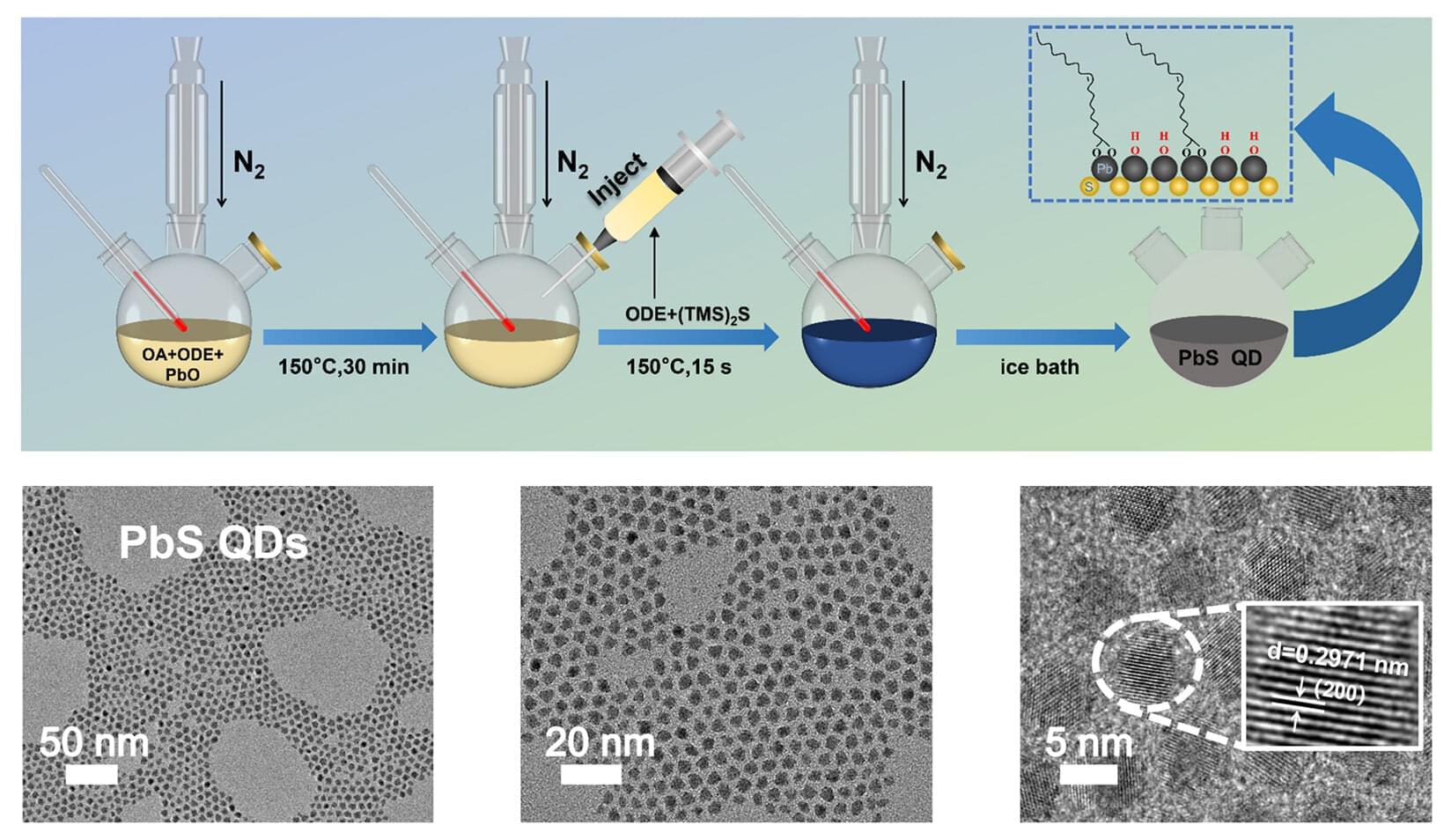
In blinding bright light or pitch-black dark, our eyes can adjust to extreme lighting conditions within a few minutes. The human vision system, including the eyes, neurons, and brain, can also learn and memorize settings to adapt faster the next time we encounter similar lighting challenges.
In an article published in Applied Physics Letters, researchers at Fuzhou University in China created a machine vision sensor that uses quantum dots to adapt to extreme changes in light far faster than the human eye can—in about 40 seconds—by mimicking eyes’ key behaviors. Their results could be a game changer for robotic vision and autonomous vehicle safety.
“Quantum dots are nano-sized semiconductors that efficiently convert light to electrical signals,” said author Yun Ye.
Google to buy 200 megawatts of fusion energy from CFS’s ARC plant, marking its first commercial fusion deal.
Imagine if future quantum computers could talk to each other across cities, countries, even continents without losing their spooky quantum connection. A team of researchers from the University of British Columbia (UBC) has created a device that could help us realize this future.
This device, which is just a tiny chip made of silicon, works like a universal translator, converting signals between two incompatible energies: microwaves and light. This chip can convert up to 95% of a quantum signal in both directions, and with almost zero noise.
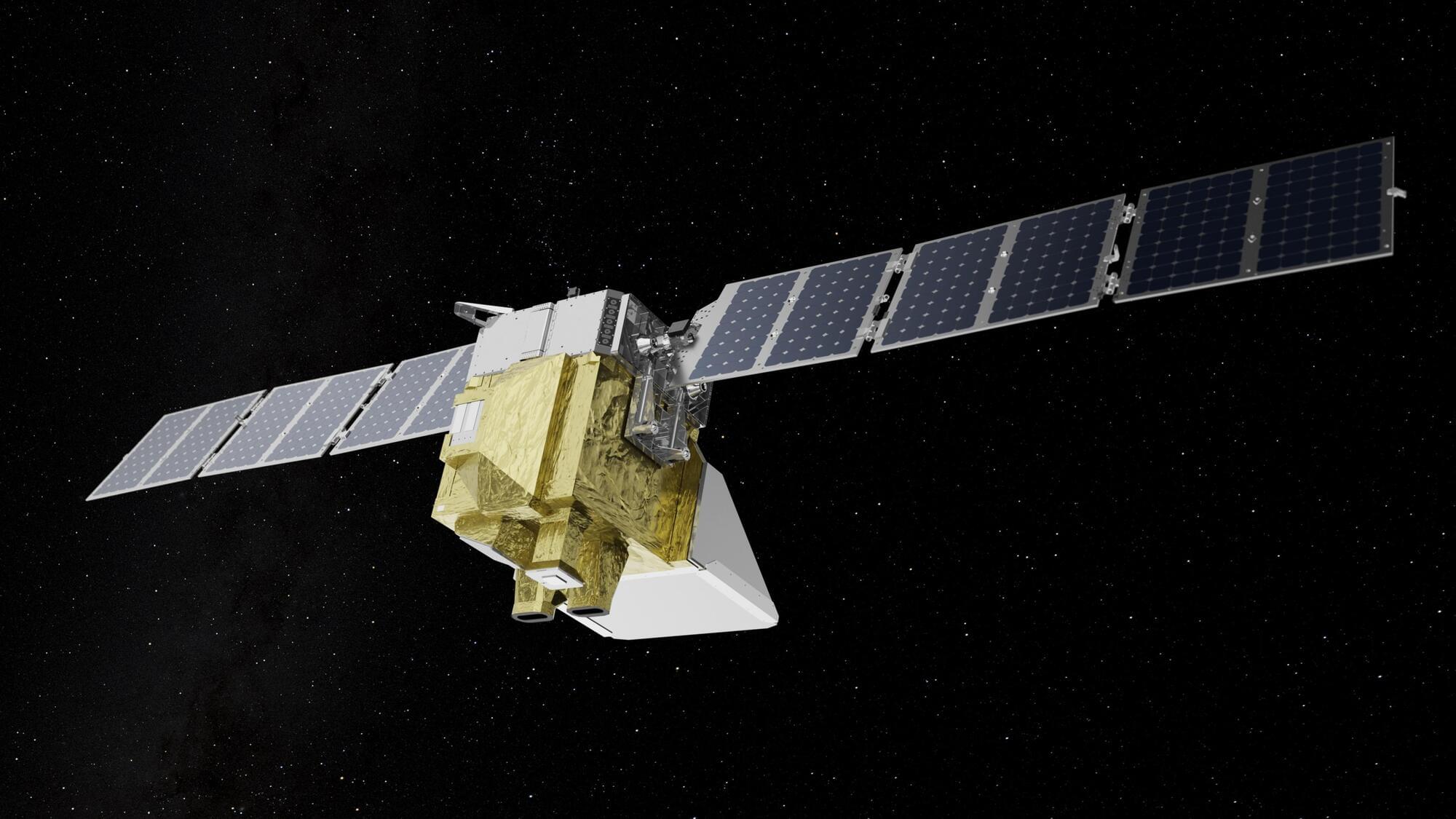
MethaneSAT was designed as a sort of check against commercial climate measurements in order to help policymakers independently verify industry emissions reports. “MethaneSAT is specifically designed to catalyze methane reductions by creating unprecedented transparency,” the mission’s website states.
EDF lists 10 mission partners credited with bringing the $88 million satellite to fruition, including BAE Systems, Harvard University, the New Zealand Space Agency, Bezos Earth Fund, Google and more. Though MethaneSAT is now out of service, mission operators say they’re still committed to turning the data they were able to collect into actionable results.
“We will continue to process data that we have retrieved from the satellite and will be releasing additional scenes of global oil and gas production region-scale emissions over the coming months,” EDT officials said. “To solve the climate challenge requires bold action and risk-taking and this satellite was at the leading edge of science, technology and advocacy. ”